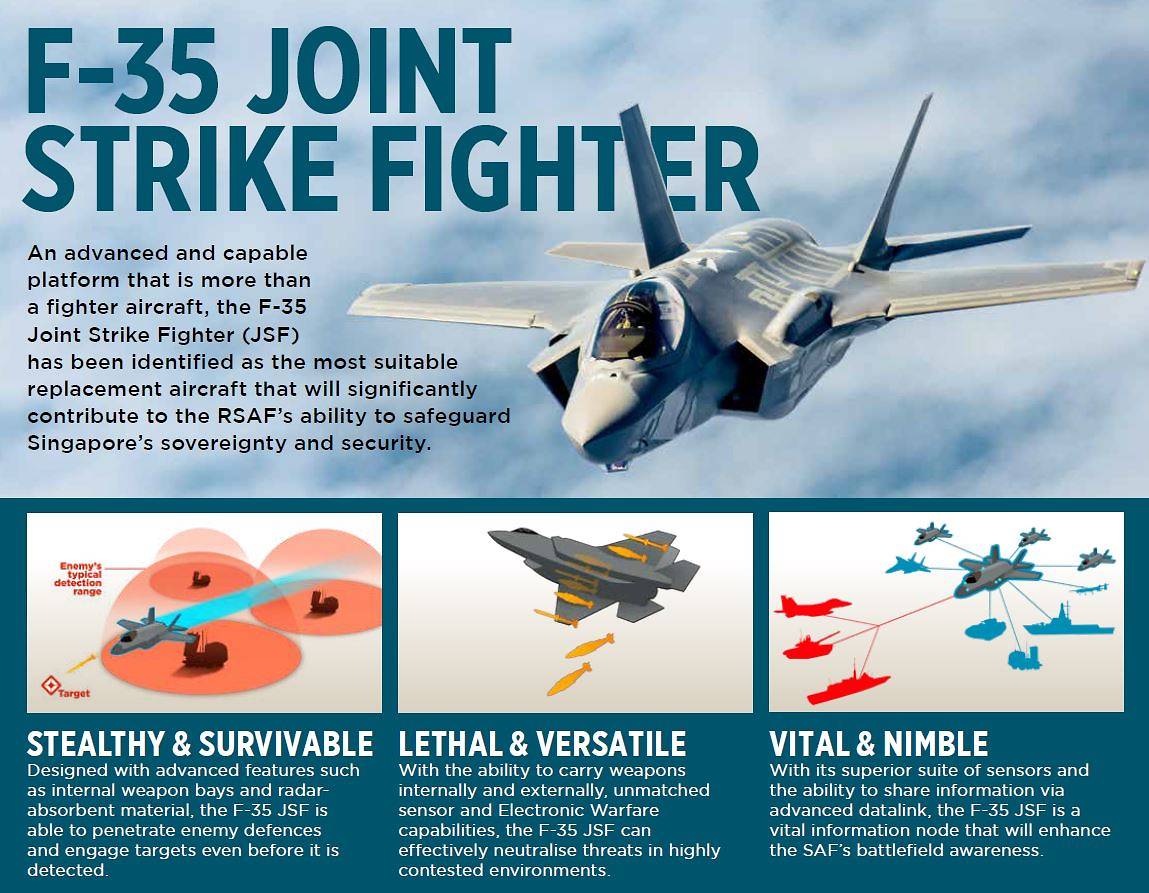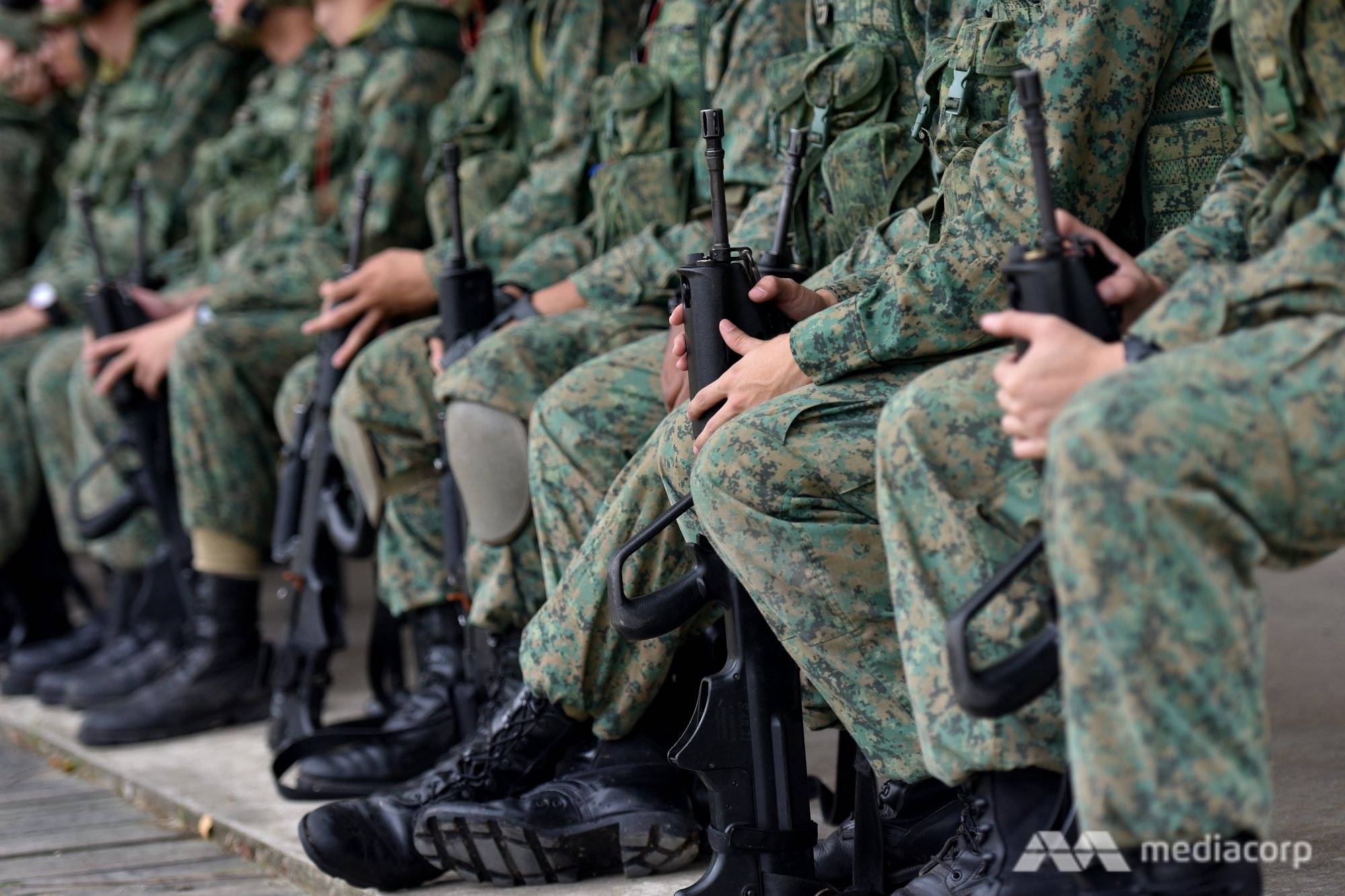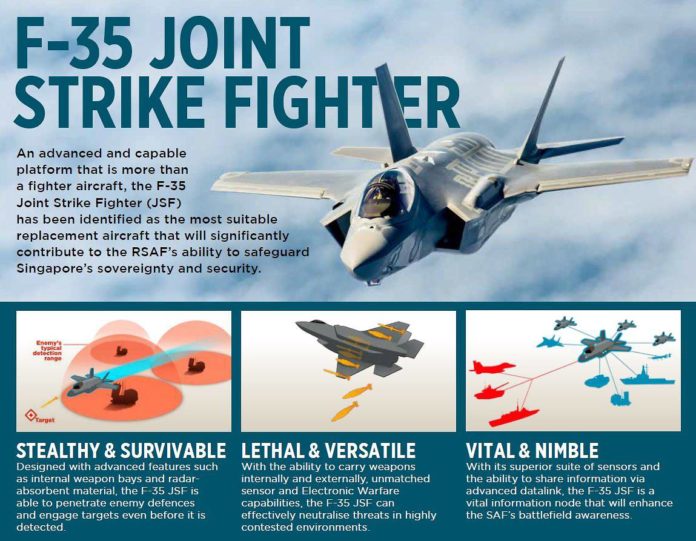SINGAPORE: The Defence, Foreign Affairs and Home Affairs ministries sat down for day two of the Committee of Supply (COS) debates on Friday (Mar 1).
This time around, discussions ranged from the outward-facing to the domestic, covering topics including the 1962 Water Agreement and safety in the Singapore Armed Forces (SAF).
READ: Day 1 of Committee of Supply debates – 5 key takeaways
Here are a few of the points of discussion:
1. SINGAPORE’S BILATERAL RELATIONS WITH MALAYSIA
Foreign Affairs Minister Vivian Balakrishnan told the House that Singapore is committed to resolving the ongoing bilateral issues with Malaysia in an “amicable and constructive manner” and in strict accordance with bilateral agreements and international law.
Dr Balakrishnan said Malaysian Prime Minister Mahathir Mohamad’s recent comments about the 1962 Water Agreement were “strong, emotive words” intended to rouse public opinion.
Dr Mahathir had described the water deal as “morally wrong”, asking how Singapore, as a “rich nation”, could pay “such an unreasonable rate” for raw water sold by Malaysia under the agreement.
“I’m supposed to be diplomatic but I think members of this house also know that I call a spade a spade,” said Dr Balakrishnan.
“The 1962 Water Agreement is not about who is richer or poorer. It is about the fundamental principle of respecting the sanctity of agreements,” he added.
But Dr Balakrishnan said that Singapore and Malaysia are permanent neighbours and “we want to be good neighbours”.
He also pointed out that Singapore has spent more than S$1 billion on water projects in Johor, such as the Linggiu Dam project.
As for the ongoing maritime and airspace disputes between Malaysia and Singapore, he said that a working group is due to submit its recommendations for the former in early March, while officials from both sides have also been meeting to discuss airspace issues.
More broadly, the foreign minister also talked about Singapore’s wider foreign policy and stressed that Singapore must stand up for a multilateral, rules-based global trading system.
2. INVESTMENTS IN DEFENCE
Singapore is spending more on defence this financial year (FY), with the figure to hit S$15.5 billion, up from S$14.8 billion in FY2018.
In his COS speech, Minister for Defence Ng Eng Hen said developing a capable Singapore Armed Forces to protect the nation’s interests and keep Singaporeans safe for another generation will require “significant and steady investments“.
“Defence, especially for a small island like Singapore, is crucial if we are to safeguard our interests and deter aggression. Singapore is on track to building a modernised tri-service SAF … that can meet security challenges both in the real and virtual worlds in the 21st century,” he said.
Dr Ng also elaborated on what is in the pipeline for MINDEF:
- In the skies: MINDEF will place an initial order of four F-35s from the US, with the option of a subsequent eight. This is part of plans to replace the F-16 fighter jets, meaning that the future RSAF fighter fleet will consist of F-35s and F-15SGs.
- In the water: The SAF is adding new submarines and warships to its arsenal, including four new Invincible-class submarines. Its missile corvettes will also be replaced by new multi-role combat vessels, the first of which will be delivered around 2025.
- On land: New Next-Gen Armoured Fighting Vehicles will replace the M113 vehicles as the “mainstay” of Singapore’s mechanised forces from this year.

(Infographic: MINDEF)
3. ONE-STOP NATIONAL SERVICE HUB
Dr Ng also announced the construction of a one-stop National Service (NS) Hub, where personnel can undergo their pre-enlistment medical, train at the fitness conditioning centre for the Individual Physical Proficiency Test and buy equipment at an e-Mart.
When the facility is completed, it will be located opposite Cashew MRT station in Bukit Panjang and be the size of nine football fields.
Senior Minister of State for Defence Heng Chee How also spoke during the debate, announcing several measures aimed at showing support and encouragement for national servicemen.
“Our national servicemen have to balance their personal and NS commitments, and we must strive to increase convenience for them by reducing administrative burdens wherever possible,” he said.
Among these measures were the removal of the overseas notification requirement for trips shorter than six months, as well as an initiative called NS Memories that gives NSmen access to non-sensitive, individually tagged photos of themselves and fellow servicemen that document their entire NS journey, from full-time NS to post-ORD.

Features of the NS Hub. (Infographic: MINDEF)
4. SAFETY FIRST FOR SAF
Mr Heng also promised “100 per cent inspection of all high-risk and field training” at the SAF, in a bid to reassure Singaporeans that training safety is a top priority for MINDEF and the military.
High-risk training includes overseas exercises and live firing, while field training includes field and tactical manoeuvres. Previously, inspections were done for all high-risk training but only some field training.
In January, Singapore actor Aloysius Pang suffered serious injuries during Exercise Thunder Warrior in New Zealand and died at Waikato Hospital, where he was being treated. Pang’s fatality was the fourth one related to SAF training in 18 months.
Meanwhile, from March, the Navy will trial a click and share-style mobile app called SafeGuardian at its bases, meant to allow servicemen to take photos of workplace hazards and share them with other servicemen and inform relevant SAF safety officers.
“Your buddies nearby will also be informed via safety alerts to their mobile phones,” said Mr Heng. The app will be progressively implemented to the rest of the SAF “as soon as possible”, he added.

File photo of a rifle (Photo: Jeremy Long)
5. FIRE SAFETY FOR HOSPITALS, OTHER “HIGH-RISK” BUILDINGS
Fire safety was another topic on Friday, with authorities set to amend the Fire Safety Act to require owners of selected older buildings to put in place critical fire safety upgrades.
“High-risk” industrial buildings, public buildings and hospitals will be prioritised.
Additionally, around 60,000 rental flats will get home fire alarm devices or smoke detectors in the next two to three years, at no charge.





